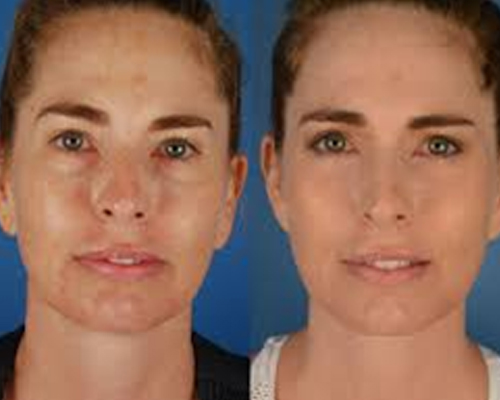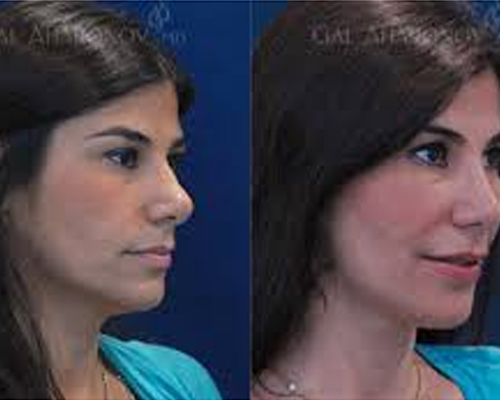
“Ageing is a fact of life but looking your age is not”
A gracefully aging face is a beautiful thing, but there are changes that occur with age that we would like to slow down. Age affects every nook and cranny of the body. Along with the wisdom, experience, and accomplishments that come with getting older, there are changes that occur in our outward appearance. Changes in our faces are most at the forefrontand aging is inevitable. While many of us would like to stop the clock and avoid blowing out those birthday candles - an unsubtle reminder that we are another year older - it is beyond our control.What is in our control is to reduce or reverse the effects of aging through certain cosmetic procedures. These procedures help you feel rejuvenated and revived.
Classical Face Life:
FACE LIFT the classic lay term for a traditional rhydectomy which is supposed to improve the lower two-thirds of the face (plus the neck) the incisions are generally placed inside and around the ears.
The procedure rejuvenates the face and neck by removing selected localized fat bulges (e.g. jowls) while resuspending others (the malar fat pads along with the nasolabial folds) and tightening deeper sagging structures.
A facelift can be performed under local or general anesthetic. Incisions are made to fall along natural crease lines. The placement of the incision also depends on the hairline and is specific to the individual. The procedure starts at the temple hair area, continues along the ear fold around the earlobe and up behind each ear.
After the removal of excess fat and skin, the deep facial muscles are tightened. The skin is then redraped and incisions are closed with sutures and small metal clips. The classical facelift surgery is about 2 to 4 hours long.
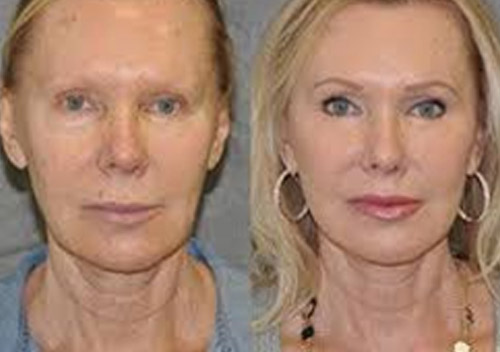
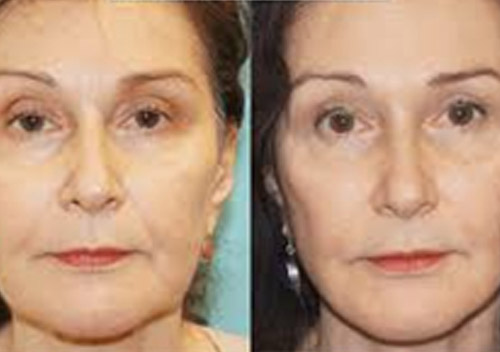
Thread Lift:
A thread lift is a type of procedure wherein temporary sutures are used to produce a subtle but visible "lift" in the skin. Instead of removing the patient's loose facial skin surgically, the cosmetic surgeon simply suspends it by stitching up portions of it. This has the effect of pulling the skin back slightly and therefore lifting and tightening the face. In addition to being ideal for lifting the skin, threads combat aging in another way: by provoking the body's "healing response" and causing the body to direct large surges of collagen to treated areas. This is important because of the vital role collagen plays in the aging process.
In other words, this process provides ongoing and progressive rejuvenation for the facial tissues. Patients who have a thread lift for the purpose of stimulating collagen will notice a gradual improvement in their skin's tone and firmness. While their threads are in place, the body's healing response will be constantly activated because the body will want to "heal" the sutured areas and expel the sutures. The body is biologically programmed to react this way when it senses any foreign object present within the dermis. Fortunately, because the threads placed under the skin during a thread lift are so small, the patient will not feel any of this happening. Most people cannot feel their sutures at all once the skin has healed around them.

For many patients, the biggest advantage of having a thread lift rather than a facelift is the greatly reduced recovery time associated with thread lifts. When a patient has facelift surgery, he or she must be heavily sedated; as such, the patient must arrange for someone to drive him or her home from the hospital. Most facelift patients also require around the clock assistance from a caretaker for at least three days after they have surgery.
Recovery from a thread lift, on the other hand, is comparatively easy. Thread lifts can be performed under local, rather than general anesthesia, meaning that thread lift patients can drive themselves home and look after themselves immediately after having their procedure. While some patients will experience a little bit of soreness, redness and swelling after having a thread lift and therefore wish to take the rest of the day off, most can return to work immediately. Strong pain medication is seldom needed after having a thread lift, making it easier for patients to return to their normal routine. This procedure is therefore ideal for people who have children at home or those who have busy, demanding careers.
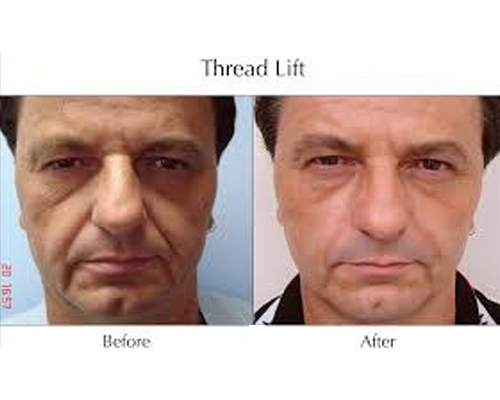
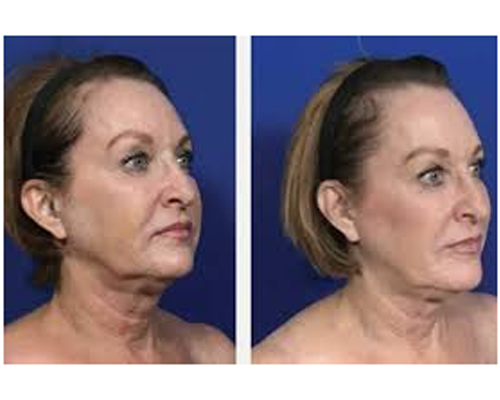

Liquid Face Lifts
A liquid facelift refers to non-surgical procedures that are designed to temporarily restore a more youthful appearance.It uses injectable known as dermal fillers, along with Botox, to help plump up, relax, and fill in the appearance of facial lines and wrinkles. It also can restore youthful volume to the face, reduce sagging of the skin by filling it up from the inside, and re-contour drooping facial features or hollow eyes.
The use of Botox in addition to dermal fillers can make for better, longer-lasting results. Botox blocks the nerve impulses that cause muscle contractions. When injected into specific areas, it effectively relaxes the muscles that are responsible for making certain facial expressions; these repeated facial expressions contribute to the breakdown of collagen in certain areas, leading to deep creases and expression lines.Botox can be especially useful when dermal fillers have been used to fill in expression lines, such as the creases that form when you smile, as repeated over-use of the surrounding muscles will cause the filler to break down more quickly. This breakdown shortens the length of time before more injections are needed to maintain results.
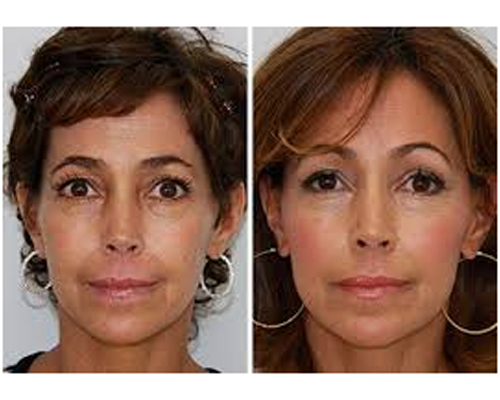
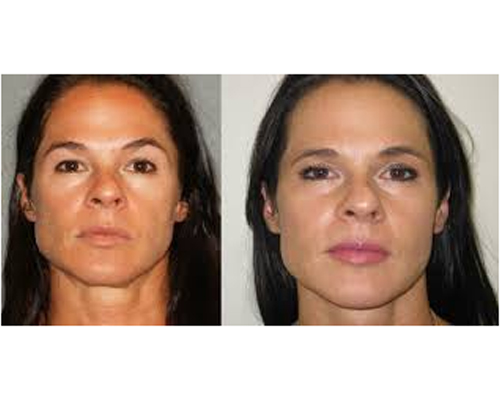
Fat Transfer
An alternative to dermal fillers is fat transfer. Fat can be removed from other areas of your body, and then injected into the face to strategically address the volume loss.
A fat transfer can be used to address laugh lines, smile lines, crow’s feet, lips, acne scars, skin depressions, concave cheeks, and any other sunken areas of the face.
It is suggested that one of the greatest advantages of fat transfer is that it produces very natural-looking long term results, lasting for a lifetime after being injected.
Since you are using your own fat, the body accepts it more readily, reducing the chance of allergic reactions or rejections.
The procedure is less invasive than many surgical procedures and does not involve any facial incisions.

